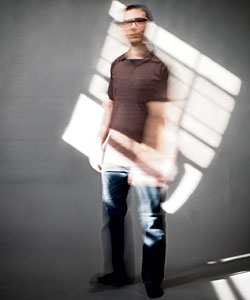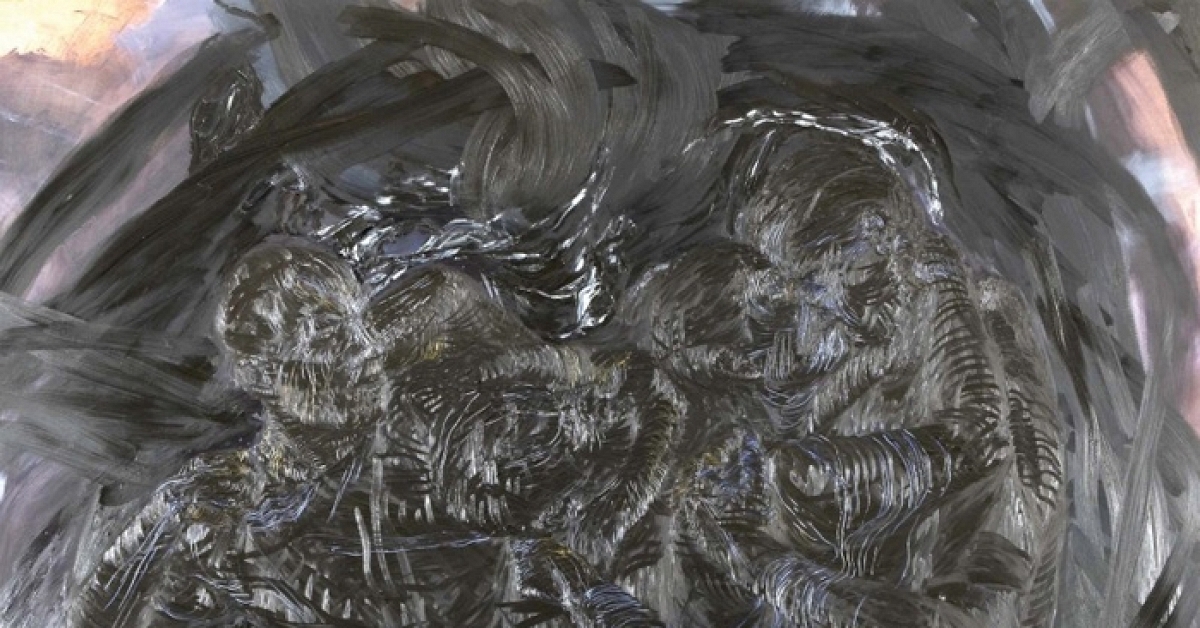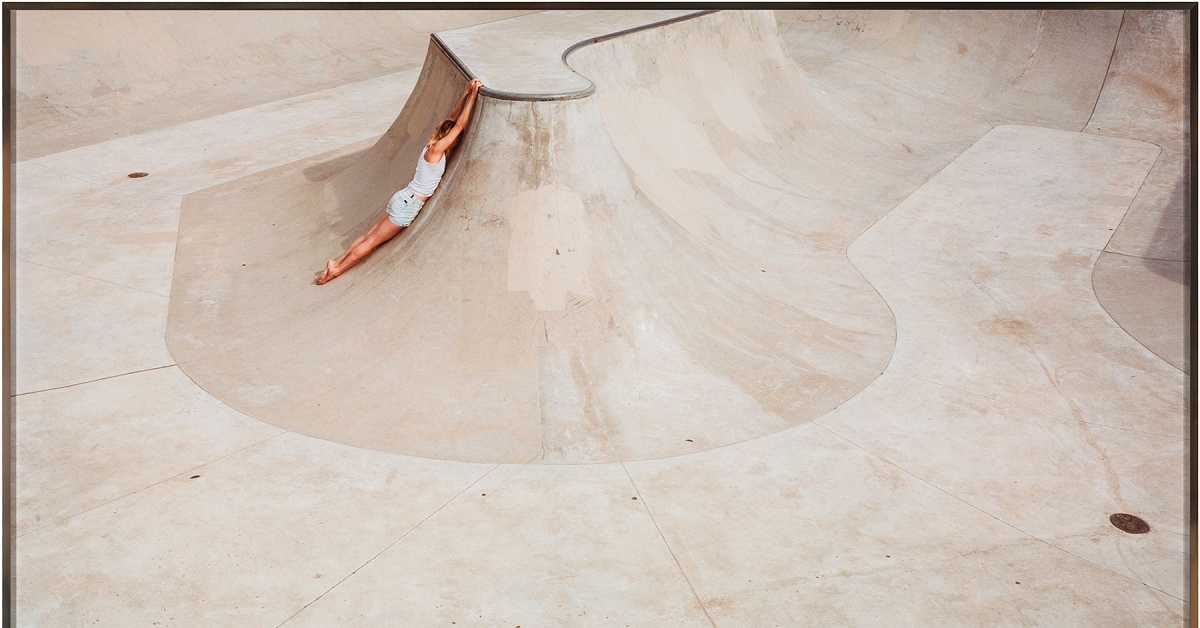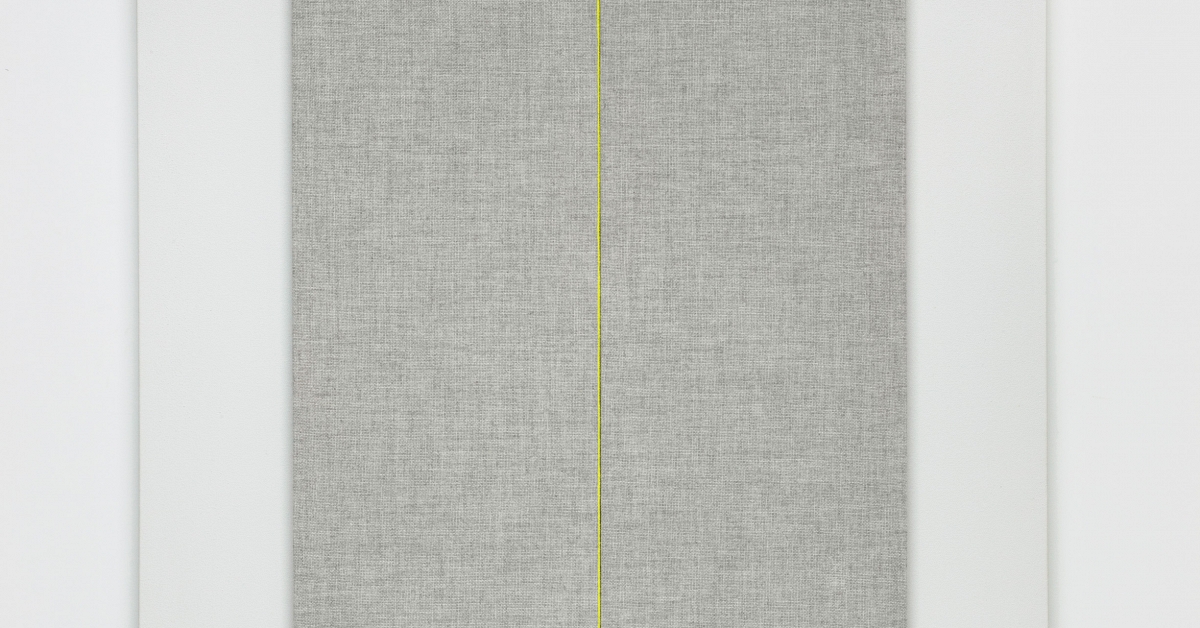Painter Matthew Metzger Takes on Reality
Arts & Culture Chicago / Apr 22, 2011 / by Monica Westin / Go to Original

DOUBLE TAKE: The Ravenswood artist, who is gaining international attention with his combination of trompe l’oeil and abstraction, is featured in a solo show at the Museum of Contemporary Art.
Inside Matthew Metzger’s Ravenswood studio and living space, half a dozen paintings line the walls around his kitchen. It’s jarring to see the same minimalist canvases that have garnered him international attention hanging so near a refrigerator. If Metzger’s rise continues, they won’t grace his walls for long.
The Houston native, 32, who completed a master’s degree at the University of Chicago in 2009, is as serious as artists come. He responds to questions with thoughtful precision, and when explaining his work, displays a mind-boggling knowledge of art history. Not surprisingly, a Borges anthology and shelves of critical theory books sit nearby.
“The works I usually go back to are ones that in a way operate as maps. They provide an axis for me to locate my own practice,” says Metzger, whose solo show this past February at Tony Wight Gallery was a critics’ choice in Artforum. This spring brings shows at Arratia Beer in Berlin and the Museum of Contemporary Art in Chicago, which will feature his paintings in its emerging artists series, UBS 12 x 12.
Metzger has piqued the art world’s interest with his unique combination of trompe l’oeil and abstraction. He creates optical illusions of material surfaces: A torn label, a worn Home Depot cart, a cutting board, and a peeling advertisement all appear to be real objects—until you look closer. “What keeps me coming back to these pieces are the double takes I have when I suddenly realize they’re flat surfaces,” says Timothy Grundy, the curator behind Metzger’s MCA show, Nocturne.
The exhibition will feature monochromatic paintings based on the spectrum and surface of commercial construction paper. Metzger says these works are strongly rooted in Ellsworth Kelly’s explorations of the relationship between shape and color. But where his earlier paintings were direct reactions to particular objects—an idea common in modern abstract art—he’s becoming more interested in the bigger philosophical questions that 21st-century art raises, such as the role of the artist, his audience, and the interaction between the two. Says Metzger:”ˆ“If I painted in 1950, there would certainly be no place to work in the manner that I do.”
GO Nocturne runs May 6th to 29th at the MCA; mcachicago.org.






